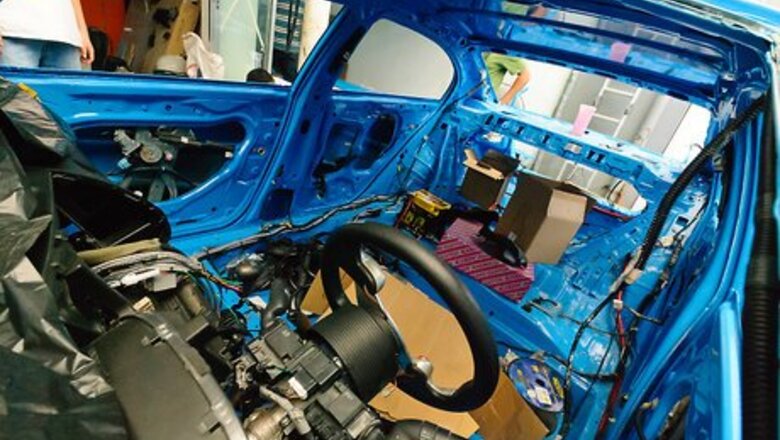
views
Improving Performance
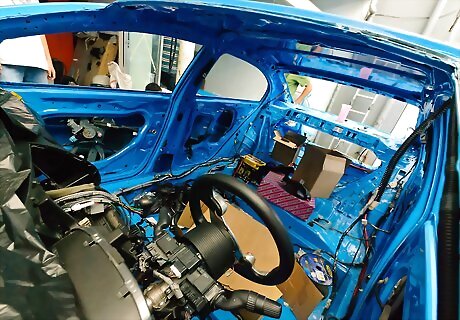
Reduce the weight of the car. One of the easiest things that you can do right now to increase the horsepower is to make your vehicle as light as possible, which allows your vehicle accelerate better. Remove unnecessary clutter from your car, and strip it down as much as possible for optimum performance.
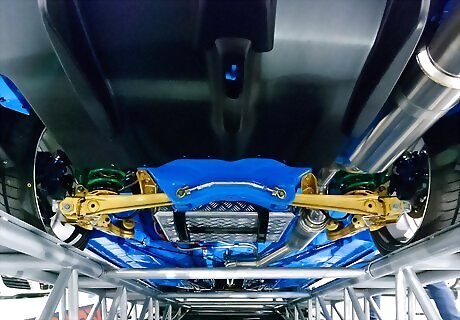
Upgrade to a free-flowing exhaust system. Upgrading to a high-performance exhaust system can increase your horsepower by a measure of five to 10 on some natural aspiration vehicles, while vehicles with an additional supercharger can pick up much more. It's a common misconception that oversized piping negatively affects back pressure, resulting in a loss of low-end torque and power. In truth, most engines prefer the most free-flowing system, in terms of intake, header and exhaust.
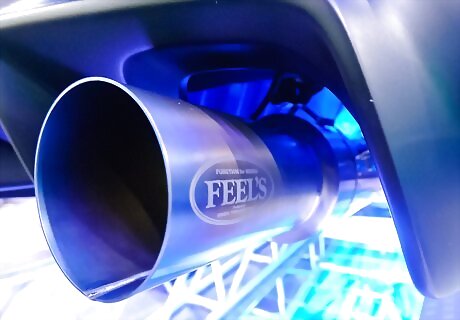
Use test piping. Research "cat-back" systems for purchase, also sometimes called "test piping." These systems run from your catalytic converter to the end of the exhaust piping, increasing horsepower. The installation kit is generally several hundred dollars, but you could save on the price by shopping around and doing it yourself. Measure the diameter of the pipe that comes out of your catalytic converter, and replace with larger exhaust piping. You can pay to have this installed at the shop, or you can do it yourself by cutting the old exhaust piping and leaving a few inches to weld onto. If you do, position the new system in place and weld or clamp it to the spot you just cut. Reinstall the hangers that you removed.
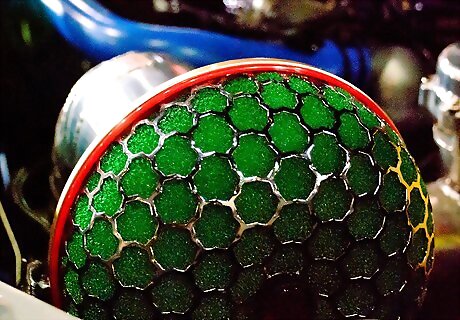
Upgrade to a free-flow aftermarket air filter. It's also a good idea to buy a free-flow air filter that fits your car and install it to slightly increase your HP. It's not a big change, but it's a good way to ensure that your vehicle is performing at the highest-possible level. Open the hood, locate the air filter housing, and remove it. Unscrew clamps or screws, taking care to avoid getting any contaminants into the filter housing. Remove and discard the old air filter. Clean the inside of the box with a damp cloth and insert your new, free-flow filter. Be aware the many aftermarket air filters will actually allow greater particulate matter to pass into the engine and oil filters, especially if improperly maintained, and will also spray oil into the intake. The oil from the filter can damage or destroy the mass air flow (MAF) sensor on vehicles so equipped. In forced-induction engines the marginal benefit of increased air flow with an aftermarket filter is generally outweighed by the fact that the turbo will supply the requested air regardless of the filter used, and greatly increased reliability from not having oil and sand in the intake and on the MAF.
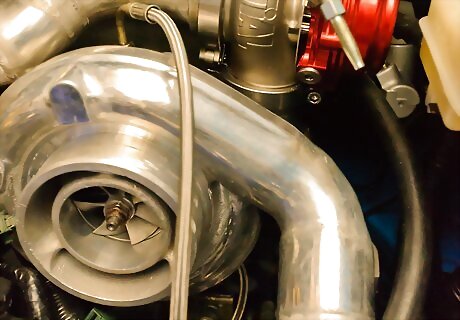
Research turbocharge and supercharge options. Installing a supercharger in a large-block engine, or a turbocharger in a smaller-block, will basically involve completely rebuilding your engine and upgrading the stress-bearing components of the engine, which will cost several thousands of dollars. It's a huge project, but is the most effective way to increase the horsepower of your vehicle. If you're committed to installing a supercharger in your car, you might consider the following varieties: Root superchargers are the oldest type of supercharger system, usually among the cheapest, are and quite popular among racing vehicles. They work by funneling extremely large quantities of air through the intake manifold, providing quick bursts of energy. Twin screw superchargers pull air through lobes, which becomes trapped in the rotor housing and becomes compressed in a cone-shaped tapering device. Not legal in all states, these superchargers tend to be extremely loud. Centrifugal superchargers make use of a powered impeller to pull high-pressure air into a compressor, reaching upward of 60,000 RPM easily, making them the most efficient supercharger for your vehicle.
Reflashing Your Car's Computer
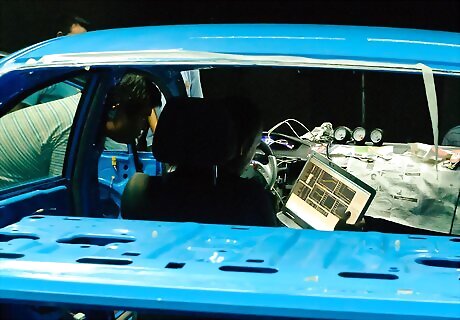
Enhance a turbocharged engine with a programmer. These devices modify the programming on your vehicle's computer, called "reflashing," to allow for more horsepower, torque, and sometimes better fuel economy. On a naturally-aspirated engine, the horsepower increase will be quite minor, but with a supercharger you can see huge gains in HP. Some auto shops will advertise flashing options, saving you lots of money in the process. In practical terms, it's not something people often do themselves, so you might talk with a mechanic you trust about it if you're interested.
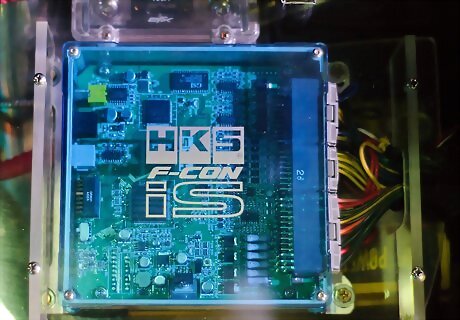
Enhance supercharged engine's computer with a power module. Aftermarket power modules can be used in a similar way, sometimes offering up to 30 extra HP with proper installation. To install, look in the driver's manual, a Chilton or a Haynes guide to see how to access the car's computer, then disconnect negative battery cable and unplug the wiring harness from the computer. Plug in an aftermarket power module. Insert it between the wiring harness and the computer. Reconnect negative battery cable.
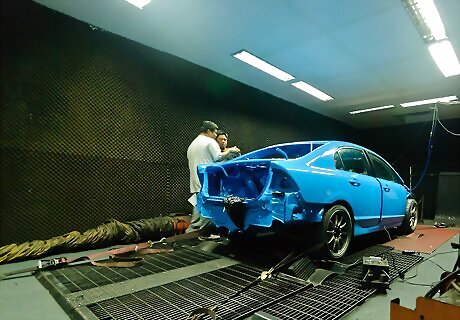
Weigh the pros and cons. On the upside, re-flashing the computer in your car can be a great and efficient way of upping the horsepower, giving you a powerful ride. On the downside, it's an expensive process that requires you already have a supercharged engine — another expensive process. Many performance modifications to an engine can also decrease its fuel economy, and reflashing also generally voids any warranty on a vehicle you've purchased. Know that if you choose to complete the process, it's on you.

















Comments
0 comment